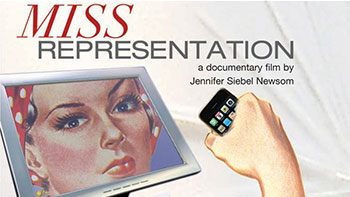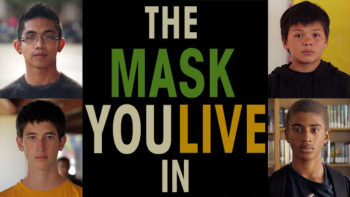After the #MeToo movement, women in media briefly shared “The Sh***y Media Men List”—anonymously chronicling accounts of sexual harassment in the workplace as a warning to other women. Meant to be privately shared in a digital whisper network, the list was leaked, went public, and resulted in at least one defamation lawsuit, ruined careers, and a lot of soul searching by men whose names appeared on the list. Anonymous agitation movements like this can be effective tools in leveling charges of sexism, racism, and other forms of oppression against systems of power. Similar to the Media Men List, the new “Black at” (or “BIPOC at”) movement, started last month on social media, is providing an education for what it’s like to be Black (or Indigenous or a Person of Color) at mostly white schools across the U.S.
The public, anonymous accounts provide an opportunity for BIPOC students to post about their experiences with fellow and former students, faculty, and administrators (names redacted) on their mostly white campuses. The movement started as a way for students to share their experiences at wealthy, private prep schools but has since expanded to include suburban public high schools, state universities, and even municipalities. And similar to the Media Men List, one goal of these accounts is to warn prospective students about campus racism, but the “Black at” accounts go a step further to make demands for change from the administrations of these institutions.
Demands from current and former students include anti-racist curricula, proportional representation among faculty, staff training, campus conversations, and including Black women in discussions of feminism. In reading the testimonials of the students, it’s impossible to separate the intersection of racism and sexism experienced by BIPOC women at these schools. And indeed, similar to so many social change movements, many of the accounts appear to have been started by Black women. Reading the “Black at” accounts from around the country is a reminder that our educational institutions are steeped in hierarchies of race, gender, and class that contribute to systemic inequalities as students move on from those schools into the workplace and our communities. The good news is that administrators appear to be listening—and when students return to campus, there’s hope that these accounts will contribute to ongoing listening and positive change so that all students can feel safe, valued, and ready to learn at school.
Take Action! Search for a “@Blackat” or “@BIPOCat” account on Instagram for your alma mater or current school. Contribute, listen, and learn from these important testimonials—and add your voice to the students’ demands for change.




